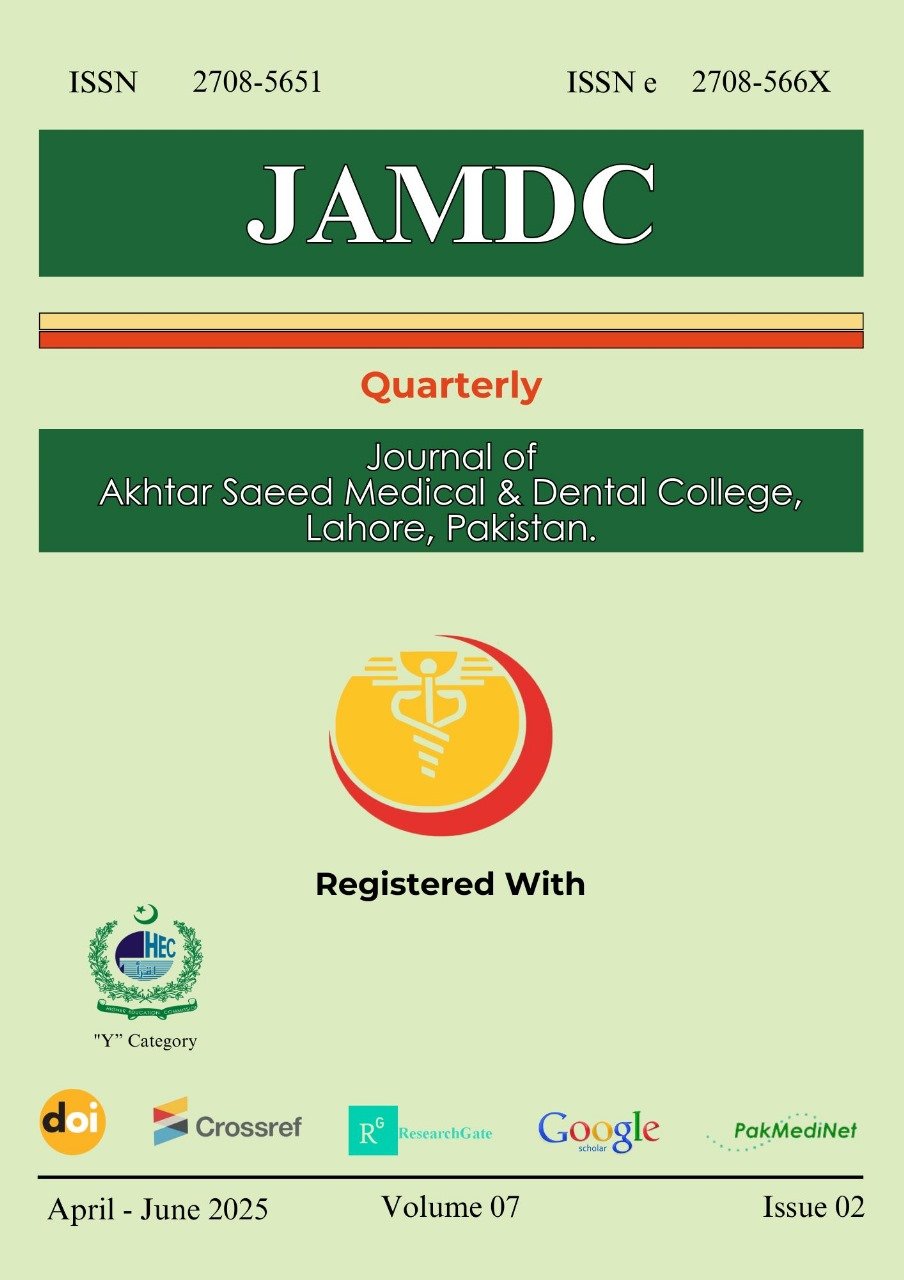EVALUATION OF THE DIETARY PATTERNS AND EATING BEHAVIOR OF CHILDREN WITH AUTISM SPECTRUM DISORDER BY USING BRIEF AUTISM MEALTIME BEHAVIOR INVENTORY EVALUATION OF THE DIETARY PATTERNS AND EATING BEHAVIOR OF CHILDREN WITH AUTISM SPECTRUM DISORDER BY USING BRIEF AUTISM MEALTIME BEHAVIOR INVENTORY
Main Article Content
Abstract
Background: Autism spectrum disorder is a neuropsychiatric disorder. The objective was this study aimed to assess dietary patterns, eating behaviors of the children with autism spectrum disorder and to find out the association of different foods with BMI.
Material and Methods: It was a cross-sectional study. 65 participants between the ages of 5 to 20 years were selected by using non probability convenience sampling technique. Data on food preferences, portion sizes, and food types were collected using the Food Frequency Questionnaires (FFQ) and Brief Autism Mealtime Behavior Inventory (BAMBI). Data was gathered from caregivers using a structured questionnaire, and quantitative analysis was performed using SPSS version 30).
Result: Among children with autism 19 (35.2%) obese. The eating behavior of participant revealed that children exhibit resistive behavior at almost every meal which accounts for 12 (22.2) %. Significant proportion of children with ASD 13 (24.1%) had preference for the same food. The p value demonstrate that there was no association between BMI and intake of different food from various food groups.
Conclusion: The study revealed that most children with ASD were found to have abnormal BMI for their age. The results also showed that the consumption of beverage, fruits and meat groups were good but they lacked in consumption of other food groups like vegetables, grains and dairy groups which can impact their overall health.

